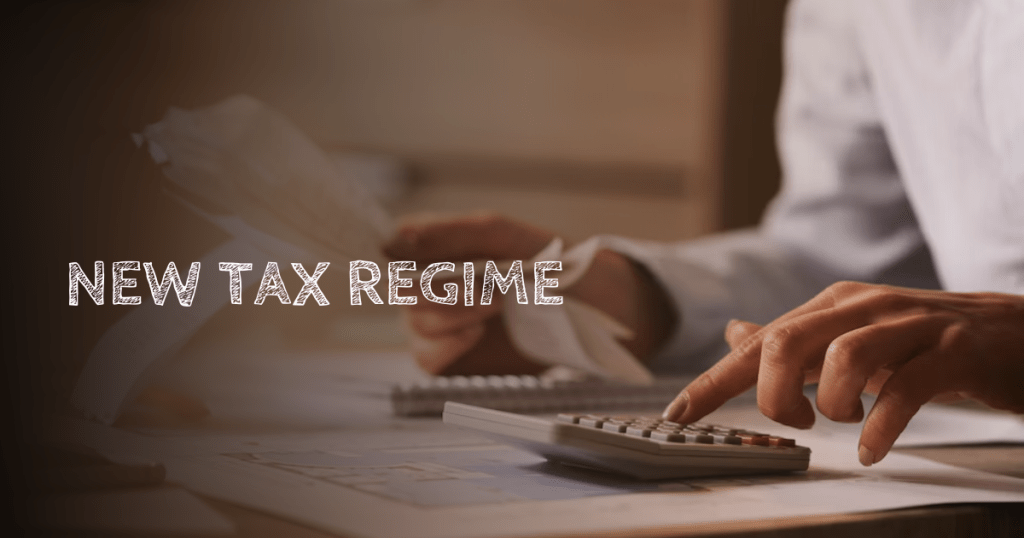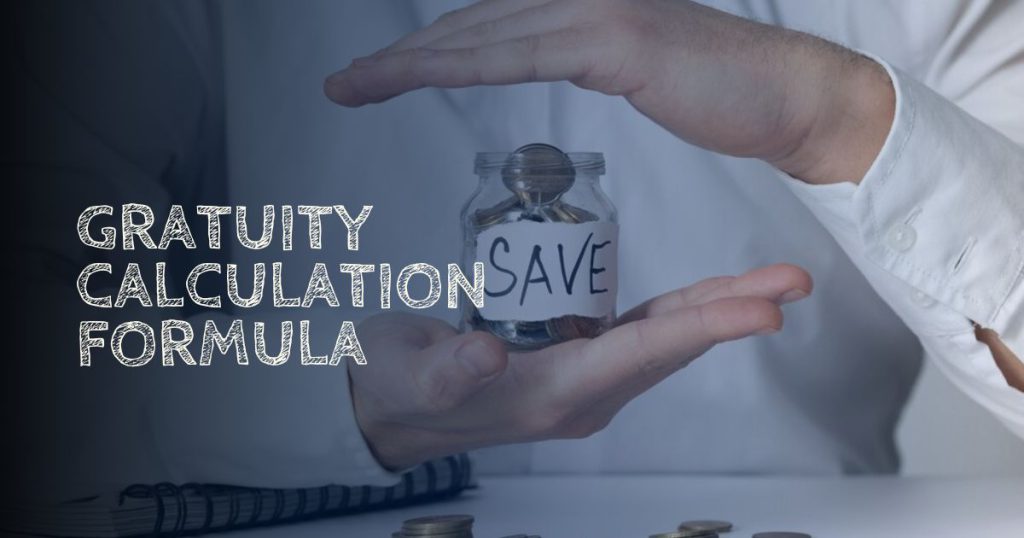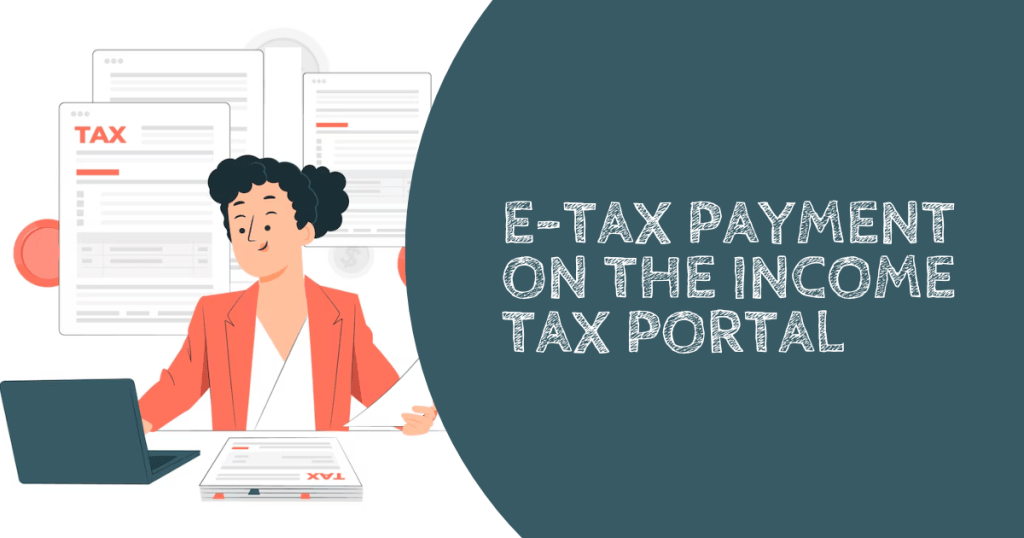New tax regime under section 115BAC of the Income Tax Act was introduced in the 2020 budget by Finance Minister Nirmala Sitharaman with an aim to offer a simplified tax structure with lower tax rates but fewer deductions and exemptions compared to the old regime.
With effect from AY 2024-25, new tax regime has made default tax regime for Individual, HUF, AOP (not being co-operative societies), BOI or Artificial Juridical Person. However, taxpayers have the option to choose between new tax regime and old tax regime.
New Tax Regime Slabs For FY 2024-25
| Taxable Income | Slab Rates |
| Upto Rs.3 lakh | Nil (Zero Tax) |
| Rs.3 lakh to Rs.7 lakh | 5% |
| Rs.7 lakh to Rs.10 lakh | 10% |
| Rs.10 lakh to Rs.12 lakh | 15% |
| Rs.12 lakh to Rs.15 lakh | 20% |
| above Rs.15 lakh | 30% |
Key Features of New Tax Regime For FY 2024-25
- With fewer deductions and exemptions , the tax filing process is more straightforward and less time-consuming.
- New Tax Regime slab rates are same for all categories such as Individuals, Senior citizens, and Super senior citizens.
Deductions/Exemptions Available under New Tax Regime
- Rebate: Rs.25,000 is applicable with total income up to Rs. 7,00,000 (not applicable for NRIs).
- Standard Deduction For Salaried Employees: Rs.75,000
- Family Pension Deduction: Maximum limit Rs.25,000
- Employer’s Contribution to NPS under section 80CCD(2): The deduction limit is 14% for government + Other employers. This is only to salaried individuals and not for self-employed individuals.
- Leave Encashment (Sec 10(10AA)): Exempt up to Rs. 25 lakh on retirement or death for non-government employees, fully exempt for Government employees
- Gratuity (Sec 10(10)): Non-government employees: Exempt up to Rs. 20 lakh. Government employees: Fully exempt.
- Voluntary Retirement Compensation (Sec 10(10C)): Exempt up to Rs. 5 lakh.
- Agricultural Income (Sec 10(1)): Fully exempt.
- Long-Term Capital Gains (LTCG) on Equity (Sec 112A): Exempt up to Rs. 1 lakh annually.
- Interest on Tax-Free Bonds (Sec 10(15)): Fully exempt.
- PPF Interest (Sec 10(11)): Fully exempt.
- Life Insurance Maturity Proceeds (Sec 10(10D)): Exempt if premium ≤ 10% of sum assured.
- House Property Interest (Sec 24(b)): Deduction on interest paid on housing loan for rented property.
- Agniveer Corpus Fund (Sec 80CCH(2)): Deduction on deposits made.
- Deduction for New Employee Costs (Sec 80JJAA): Available for businesses hiring new employees, subject to conditions.
- Sukanya Samriddhi/PPF Maturity Proceeds (Sec 10(10D)): Fully exempt.
- Post Office Savings Interest (Sec 10(15)(i)): Exempt up to Rs. 3,500
Rates of Surcharge under New Tax Regime
| Total Income | Rate of Surcharge Applicable |
| Up to ₹50 Lakh | Nil |
| Above ₹50 Lakh and up to ₹1 Crore | 10% |
| Above ₹1 Crore and up to ₹2 Crore | 15% |
| Above ₹2 Crore and up to ₹5 Crore | 25% |
| Above ₹5 Crore | 37% |
How to Calculate Tax using New Tax Regime Slabs FY 2024-25?
The tax liability on your taxable income for FY 2024- 25 is calculated as:
| Income Slab | Tax Rate and Calculation |
| Up to Rs. 3 lakh | Nil = 0 |
| Rs. 3 lakh to Rs. 7 lakh | 5% on (Rs.3 lakh – Rs.7 lakh) = Rs.20,000 |
| Rs. 7 lakh to Rs. 10 lakh | Rs.20,000 + 10% on (Rs.7 lakh – Rs.10 lakh) = Rs.50,000 |
| Rs. 10 lakh to Rs. 12 lakh | Rs.50,000 + 15% on (Rs.10 lakh – Rs.12 lakh) = Rs.80,000 |
| Rs. 12 lakh to Rs. 15 lakh | Rs.80,000 + 20% on (Rs.12 lakh – Rs.15 lakh) = Rs.1,40,000 |
| Above Rs. 15 lakh | Rs.1,40,000 + 30% on income above Rs.15 lakh |
Marginal Relief on Rebate
Marginal Relief on Rebate under the new tax regime is a crucial provision that ensures fairness in taxation, especially for taxpayers whose income just slightly exceeds the threshold for the tax rebate.
Who Should Choose the New Tax Regime?
Taxpayers who want a simpler tax filing process and those who do not make substantial tax-saving investments (e.g., in PPF, ELSS, life insurance) with total income up to Rs.7 lakh may opt for the new tax regime.
Problems in New Tax Regime
- No Deduction or Exemptions: All major exemptions and deductions become lapsed for salaried person such as HRA, LTA, Home Loan, 80C, 80TTA etc.
- No Rebate against Special Income: No Rebate is allowed against tax liability for special income like Short Term Capital Gain, Long Term Capital Gain etc.
- Tax Regime Selection before Due Date: The selection of Tax Regime must be done before the due date 15th September 2025. If the due date is over by default New Tax Regime will be selected.
- Possibility of Regime Change
- If you are a Business Person, you can opt out only once and if opt out you cannot change it.
- If you are an individual, then you can change every year by choosing the option in ITR Form.
FAQs
New Tax Regime is better if you have not invested in any savings schemes.
Individuals with income from a business or profession can switch tax regimes only once in future. If you choose the new tax regime by filing Form 10IE, you cannot switch back to the old regime in subsequent years.
A salaried taxpayer can switch between the new and old tax regimes each year. Non-salaried taxpayer must choose the new regime when filing their tax return and does not need to declare their choice during the year.


